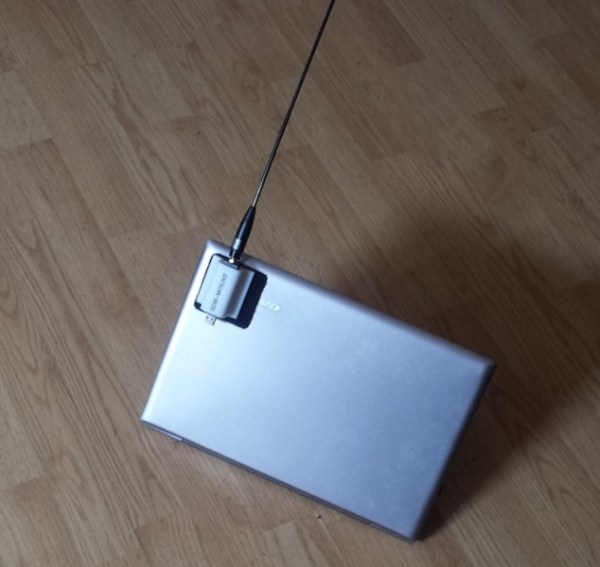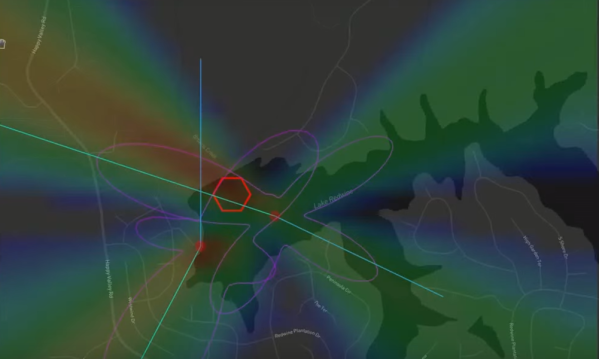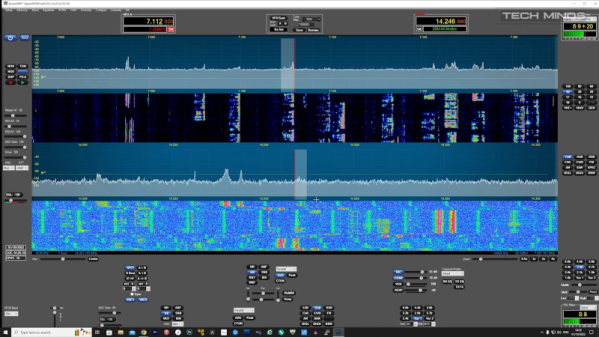It’s no secret that the Steam Deck is a powerful computer, especially for its price point. It has to be capable enough to run modern PC games while being comfortable as a handheld, all while having a useful amount of battery life. Thankfully Valve didn’t lock down the device like most smartphone manufacturers, allowing the computer to run whatever operating system and software the true owner of the device wants to run. That means that a whole world of options is open for this novel computer, like using it to set up an 802.11ah Wi-Fi network over some pretty impressive distances.
Of course the Steam Deck is more of a means to an end for this project; the real star of the show is DragonOS, a Debian-based Linux distribution put together by [Aaron] to enable easy access to the tools needed for plenty of software-defined radio projects like this one. Here, he’s using it to set up a long-distance Wi-Fi network on one side of a lake, then testing it by motoring over to the other side of the lake to access the data from the KrakenSDR setup running on the Deck, as well as performing real-time capture of IQ data that was being automatically demodulated and feed internally to whispercpp.
While no one will be streaming 4K video over 802.11ah, it’s more than capable of supporting small amounts of data over relatively large distances, and [Aaron] was easily able to SSH to his access point from over a kilometer away with it. If the lake scenery in the project seems familiar at all, it’s because this project is an extension of another one of his DragonOS projects using a slightly lower frequency to do some impressive direction-finding, also using the Steam Deck as a base of operations.
Continue reading “Long-Distance Wi-Fi With Steam Deck Server”


















